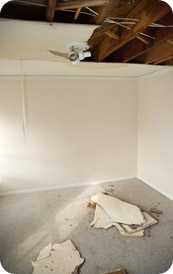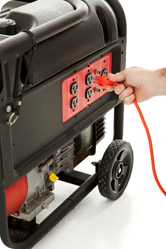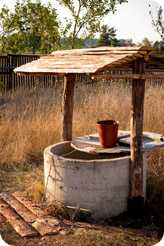Louisiana's Success
Deepwater Horizon (British Petroleum) Oil Spill

What is the problem?
On April 20, 2010, a drill rig explosion caused about 4.9 million barrels of oil to spill into the Gulf of Mexico. The explosion killed 11 platform workers and injured 17. Marine and wildlife habitats were severely affected, and the fishing and tourism industries of U.S. coastal states were devastated.
What did Tracking do?
The Louisiana Tracking Program has been developing an oil spill response plan in collaboration with CDC/ATSDR*, CDC/NIOSH+, and agencies from other affected Gulf Coast states. Survey- and map-based tracking systems were developed to capture and track health complaints and environmental monitoring results. In addition, the Louisiana Tracking Program worked with the Occupational Safety and Health Administration (OSHA) to make sure that outreach materials were available in several languages and available to those with limited Internet access.
Improved public health
The Louisiana Tracking Program worked with the state health department to notify OSHA about workplace exposures and health complaints from emergency response workers. Interventions were held to educate response workers, residents, and health care providers on topics such as personal protective equipment, seafood safety, chemicals of concern, potential routes of exposure, and associated health effects.
*Agency for Toxic Substances and Disease Registry
+National Institute for Occupational Safety and Health
Addressing concerns from imported drywall

What is the problem?
After Hurricane Katrina, rebuilding throughout the Gulf states greatly increased the demand for drywall. In February 2009, the state health department began getting health complaints from residents who had rebuilt their homes using imported drywall. The health complaints included headaches, respiratory infections, eye irritations, dry coughs, and nosebleeds.
What did Tracking do?
The Louisiana Tracking Program began logging cases from call-in surveys that captured information such as the physical characteristics of the home, exposure duration, and health effects experienced by members of the household. The cases were mapped to assess the magnitude of the health problem and to track locations. State health department staff worked with the U.S. Environmental Protection Agency to identify drywall exposure cases for indoor air testing.
Improved public health
Air monitoring results helped staff identify the chemicals of most concern and develop a public health plan of action. Public health messages provided residents information and ideas on how to reduce exposure and remove tainted drywall from their homes.
Carbon Monoxide Exposures

What is the problem?
Louisiana tracking staff reviewed data from the Louisiana Poison Control Center (LPCC) to evaluate how often LPCC was receiving calls about carbon monoxide (CO). The review showed that exposure and deaths increased sharply during winter months and after hurricane-related power outages, mostly because generators were not being used safely.
What did Tracking do?
The Louisiana Tracking staff requested changes to Louisiana's Reporting Rule Requirements for CO poisonings and deaths. The proposed rule change was passed, and as a result, cases of CO exposure or poisoning must be reported to the State Health Officer within five business days.
Improved public health
The health department now has the ability to
- Identify the areas that are expected to have high CO exposure rates during hurricane events and power outages.
- Quickly identify the areas where outreach and education will have the greatest effect.
This should lead to fewer CO-related exposures and deaths.
Educating private well water users about contamination

What is the problem?
Louisiana has a large number of residential water wells located within one mile of either an operating or abandoned wood preservation or wood treatment facility. No Louisiana law requires private well water testing. This limits the ability to assess potential exposures to chemicals through well water.
What did Tracking do?
In partnership with the Louisiana Department of Environmental Quality and the state's Safe Drinking Water Program, the Louisiana Tracking staff conducted a pilot project to link environmental, exposure, and health outcome data around wood preservation and treatment sites. The pilot project included
- Compiling groundwater and drinking water data from areas near 22 inactive wood preservation and treatment facilities.
- Compiling data on bladder, lung, and all-sites cancers in areas surrounding wood preservation facilities.
- Establishing the Private Well Water Education Initiative to register private wells.
Improved public health
As a result of the pilot project, many residents who have private water wells contacted the health department to obtain a list of places where they can test their well water. This should help reduce potential exposures to contaminated well water.
Louisiana's Grantee Profile
[PDF 410 KB]- Page last reviewed: January 3, 2014
- Page last updated: August 10, 2011
- Content source:


 ShareCompartir
ShareCompartir